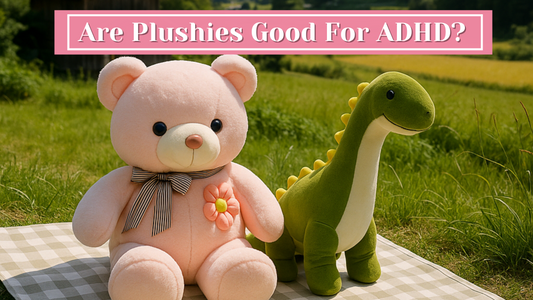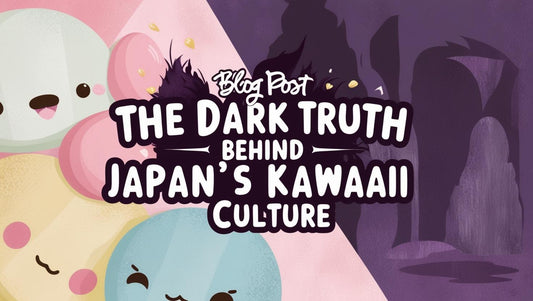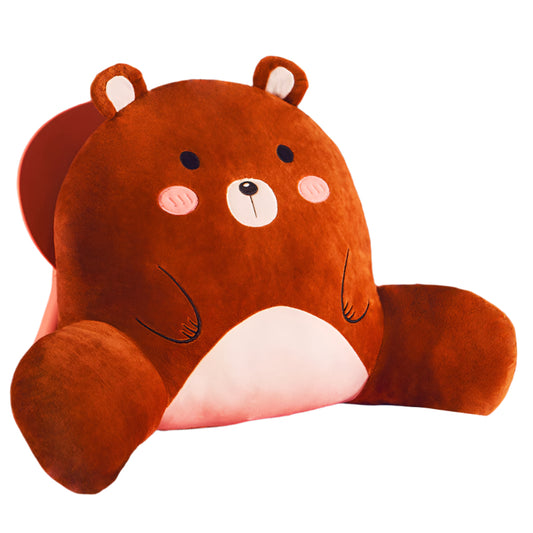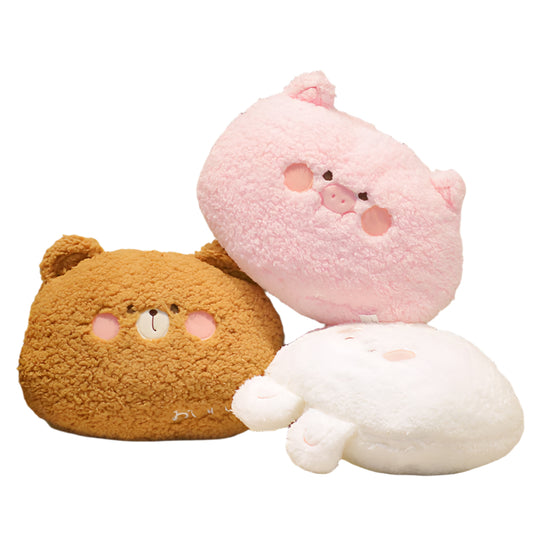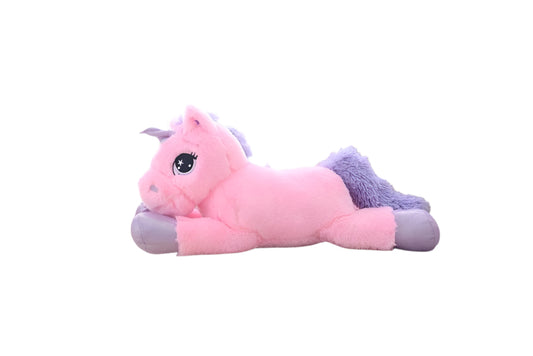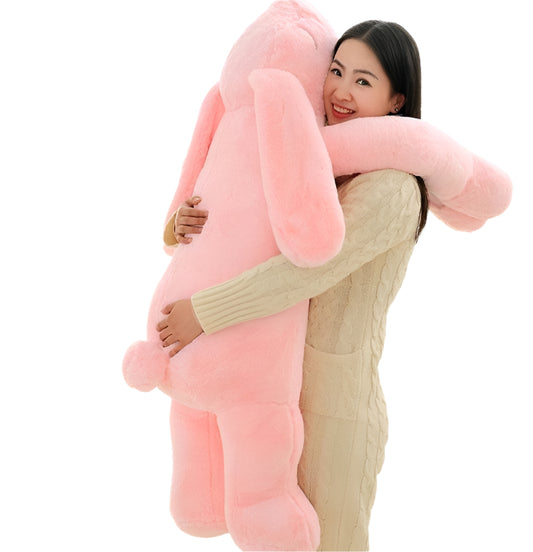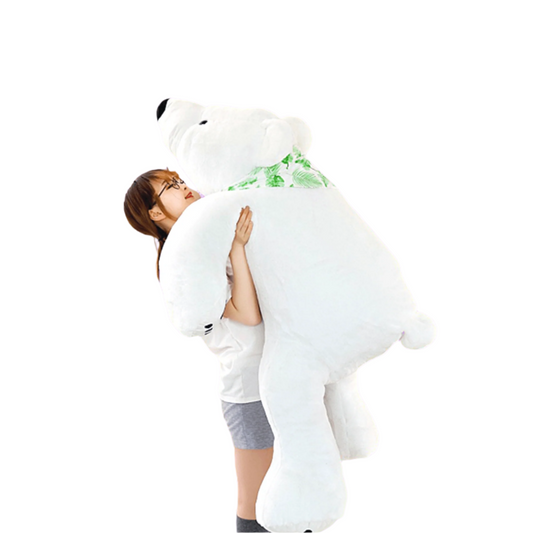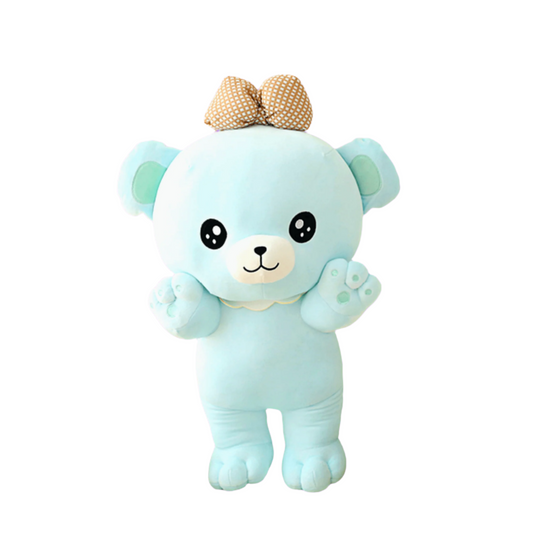Introduction
In a world filled with complexities, Japan has embraced a charmingly simple concept that has captured hearts worldwide – kawaii. Kawaii, which translates to "cute" in English, goes beyond just an aesthetic preference. It's a cultural phenomenon that permeates every facet of Japanese society, from fashion and art to consumer goods and social behavior. Let's delve into the captivating world of Japan’s Obsession With Kawaii and understand how this trend has become an integral part of their identity.
Japan’s Obsession With Kawaii: A Cultural Fascination
From Hello Kitty to Pokémon, Japan's fascination with kawaii is evident in its pop culture icons that have taken the world by storm. But kawaii isn't limited to these characters; it's a fundamental aspect of Japanese identity. The culture's love for all things cute can be traced back to traditional art forms and folklore, where adorable creatures were often depicted to bring joy and ward off negativity.
The Kawaii Aesthetic in Fashion and Style
Kawaii fashion is more than just a trend – it's a lifestyle. From pastel-colored dresses adorned with bows to oversized accessories, this style exudes youthful charm. Harajuku, Tokyo's vibrant fashion district, is a hub where kawaii fashionistas express their creativity through eclectic outfits, blending various styles and subcultures into a unique ensemble that celebrates cuteness in every stitch.
Kawaii in Entertainment and Media
Japan’s obsession with kawaii extends to its entertainment industry, with a plethora of TV shows, movies, and anime that embrace the cute aesthetic. Iconic characters like Pikachu and Doraemon have captured the hearts of generations, while anime series like "Sailor Moon" and "My Neighbor Totoro" continue to enchant audiences worldwide. The kawaii factor isn't just about appearance; it's about evoking emotions of joy and warmth.
Kawaii-Themed Cafés and Experiences
Immersive kawaii experiences are a staple in Japan's entertainment scene. Kawaii-themed cafés offer patrons the chance to indulge in adorable treats and surround themselves with plushies and décor that evoke a sense of childlike wonder. These cafes provide an escape from reality, allowing visitors to enter a world where everything is irresistibly cute.
Kawaii as a Social and Behavioral Influence
The kawaii culture has a significant impact on social interactions and behaviors in Japan. Politeness and consideration are core values, and the concept of kawaii plays a role in shaping these qualities. The use of "kawaii language," characterized by high-pitched tones and affectionate terms, is common in conversations. This linguistic style aims to foster a sense of closeness and warmth between individuals.
Kawaii Consumer Goods and Products
The kawaii phenomenon has spurred a thriving industry that produces a wide range of consumer goods. From stationery and accessories to household items and cosmetics, the market is filled with products adorned with cute characters and designs. This trend extends beyond childhood; adults also enjoy incorporating kawaii items into their everyday lives, making it a lifelong affair.
Kawaii and Mental Well-Being
The positive impact of kawaii on mental well-being is undeniable. The sheer cuteness of kawaii characters and imagery has the power to uplift moods and bring smiles to faces. This is why kawaii culture is often associated with stress relief and relaxation. The act of engaging with kawaii content can provide a temporary escape from the pressures of life.
Embracing Kawaii Beyond Borders
Japan’s obsession with kawaii has transcended geographical boundaries. The global popularity of anime, manga, and kawaii merchandise is a testament to the culture's universal appeal. Fans from all corners of the world come together to celebrate their love for kawaii through conventions, fan art, and online communities.
FAQs About Japan’s Obsession With Kawaii
What is the origin of the kawaii culture in Japan?
The kawaii culture finds its roots in traditional Japanese art and folklore, where cute creatures were used to symbolize positivity and joy.
How does kawaii influence everyday life in Japan?
Kawaii influences various aspects of Japanese society, from fashion choices and social interactions to the design of consumer goods.
Is kawaii culture limited to children?
No, kawaii culture is embraced by people of all ages in Japan. Adults also enjoy incorporating kawaii elements into their lives.
How has kawaii culture impacted global popular culture?
Kawaii culture has gained worldwide recognition through the popularity of anime, manga, and characters like Hello Kitty and Pokémon.
What role does kawaii play in Japanese communication?
Kawaii language, characterized by affectionate terms and high-pitched tones, fosters a sense of closeness and politeness in conversations.
Can engaging with kawaii content improve mental well-being?
Yes, the cuteness of kawaii imagery can have a positive impact on mental well-being by providing stress relief and moments of joy.
Conclusion
Japan's obsession with kawaii culture is a captivating journey into a world where cuteness reigns supreme. From the nation's history to its modern interactions, kawaii has woven itself into the very fabric of society. This cultural phenomenon continues to inspire creativity, spread happiness, and bring people together across the globe. So, the next time you encounter a kawaii character or product, remember that it's not just about being cute – it's a celebration of the simple joys that make life a little brighter.


